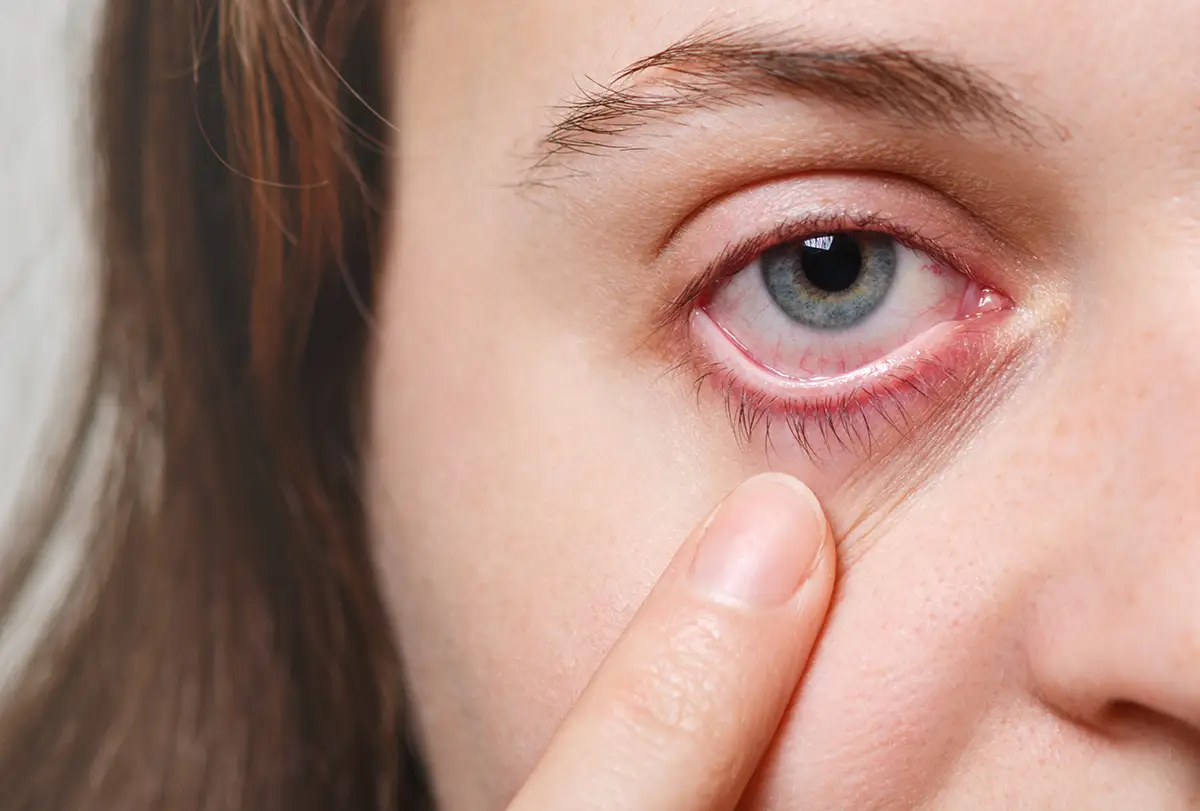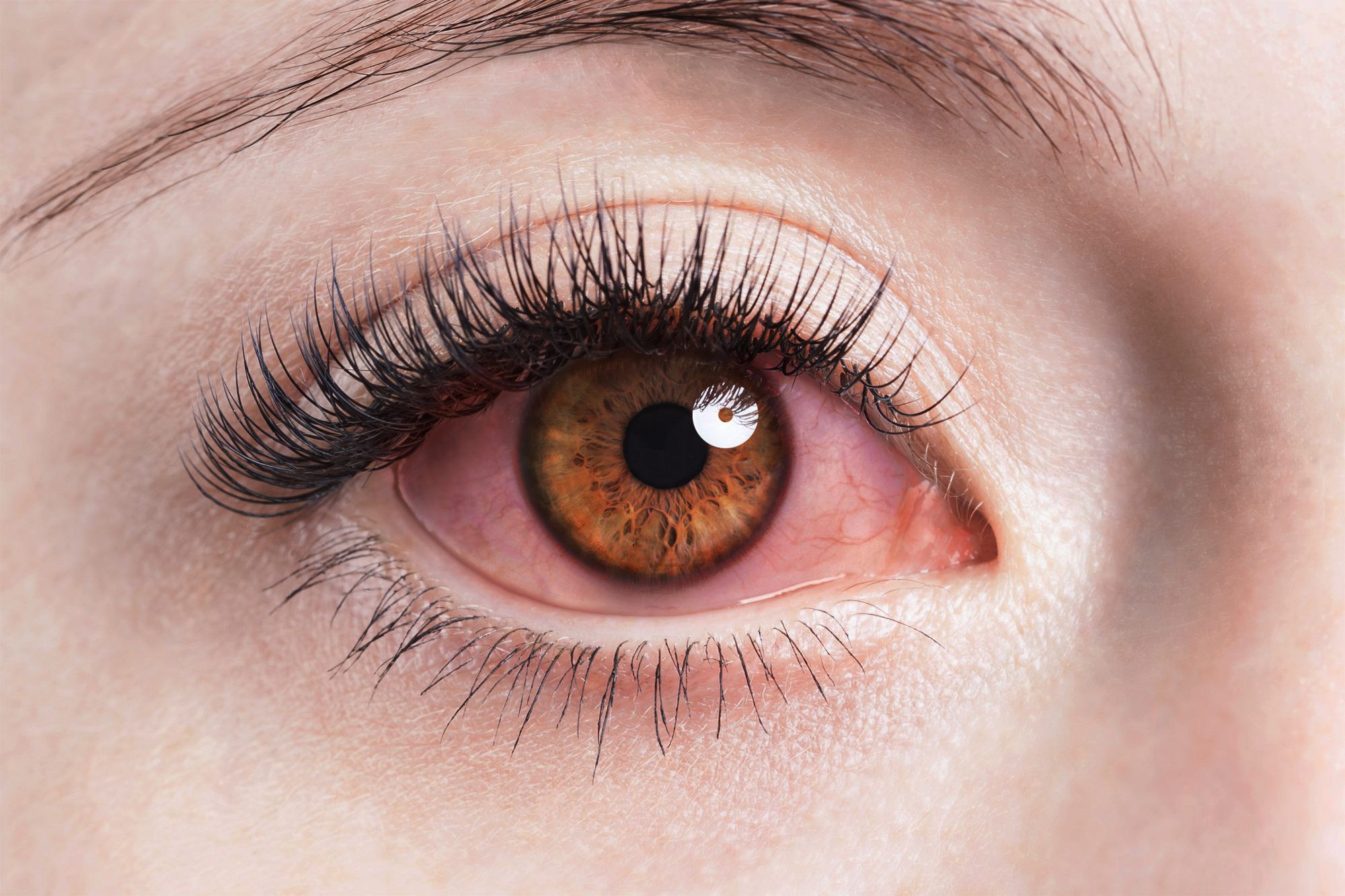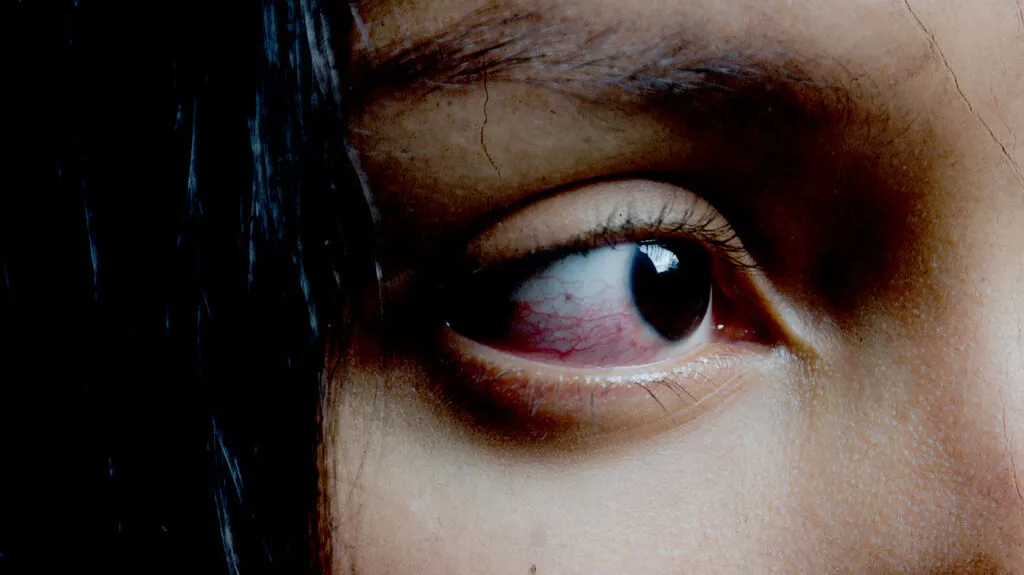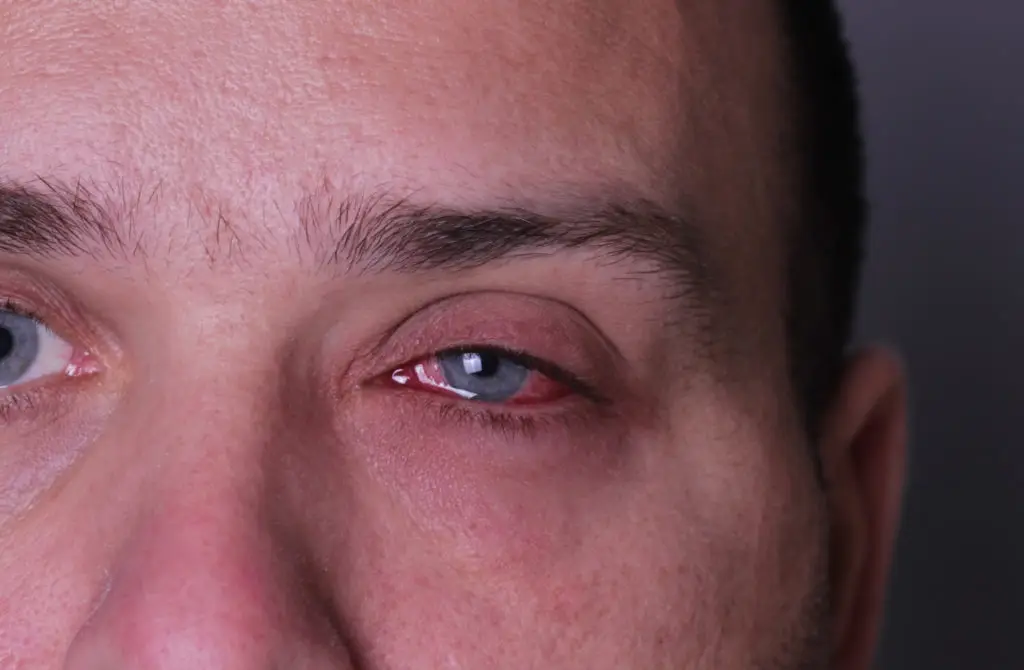Pink eye, also known as conjunctivitis, is a relatively common eye ailment. The majority of people believe they understand what the pink eye is, however there are several misunderstandings regarding it.
The conjunctiva, the mucous membrane that covers part of the eye and the inside of the eyelid, is inflamed in the pink eye. The illness is most commonly linked with eye redness and itching. However, there are other types of pink eye, with significant distinctions in what causes it and how you manage it.
For so long, there have been so many urban tales and myths surrounding the stigma of pink eye that you may have let a few of them into your knowledge bank and are now confused about the truth. Here are some frequent misconceptions regarding conjunctivitis, as well as the reality behind them.
You Won’t Develop Pink Eye If You Don’t Rub Your Eyes
 Conjunctivitis can be contracted by touching your eyes with filthy hands. If the eye comes into touch with any compromised object or substance, such as inadequately cleaned contact lenses, cosmetics or lotions, or the tip of an eye-drop dispenser that was used on an eye with conjunctivitis, it might get infected. Viral conjunctivitis can be transferred by coughing and sneezing of someone who has an upper respiratory illness, such as the common cold. Other forms of conjunctivitis can be caused by allergies like dust mites and hair balls, as well as irritants like smog and toxins.
Conjunctivitis can be contracted by touching your eyes with filthy hands. If the eye comes into touch with any compromised object or substance, such as inadequately cleaned contact lenses, cosmetics or lotions, or the tip of an eye-drop dispenser that was used on an eye with conjunctivitis, it might get infected. Viral conjunctivitis can be transferred by coughing and sneezing of someone who has an upper respiratory illness, such as the common cold. Other forms of conjunctivitis can be caused by allergies like dust mites and hair balls, as well as irritants like smog and toxins.
Pink Eye Affects Only Youngsters

Pink eye is a frequent ailment in youngsters, although it is not limited to them. Pink eye affects millions of Americans each year, both children and adults. The disease is common in children for a variety of reasons. Hand-to-eye contact is a common cause of pink eye, and children (particularly younger ones) are more inclined to touch their eyes and not properly wash their hands. In places where children are in close contact, such as at school or day care, infectious conjunctivitis is easily disseminated.
Pink Eye Can Be Given By Anyone

When you see someone with red eyes, it’s natural to want to avoid them. Conjunctivitis can be rather infectious in some cases. Pink eyes are spread via sharing washcloths, borrowing eye makeup, and exposing one’s eyes to microorganisms. Many types of pink eye, on the other hand, are not infectious. The same pinkness can be caused by eye irritants such as some chemicals and seasonal allergies.
Pink Eye Can Cause Blindness Or Even Death
 The notion that pink eyes might cause blindness or death is unfounded. Pink eye is often a mild illness. It may potentially resolve itself within 7 to 10 days in rare circumstances. However, swelling, discoloration, and irritation of the eyes should be checked out by a doctor since they might suggest a more serious problem (one that does actually endanger your eyesight). If a rash, fever, or significant eye discomfort develops, patients should seek medical help right once.
The notion that pink eyes might cause blindness or death is unfounded. Pink eye is often a mild illness. It may potentially resolve itself within 7 to 10 days in rare circumstances. However, swelling, discoloration, and irritation of the eyes should be checked out by a doctor since they might suggest a more serious problem (one that does actually endanger your eyesight). If a rash, fever, or significant eye discomfort develops, patients should seek medical help right once.
One Must Remain At Home Till It Has Passed

This is the most common myth about pink eyes. The type of pink eye will determine if you need to limit your contact with others while it heals. After confirming the reason with a doctor, those suffering from pink eye caused by allergies or a virus can return to school or work (though they may not want to). After starting medications for bacterial pink eye, people should stay at home for at least 24 hours. They should then be able to return to their regular routine.
One Can’t Be Born with Conjunctivitis

Neonatal conjunctivitis can occur in newborns due to a clogged tear duct, irritation of the eye, or infection. During childbirth, a woman might transmit germs and viruses to her kid. When the mother has the highly contagious infections, chlamydia or gonorrhea, two forms of newborn conjunctivitis arise. Babies born with chlamydial or gonococcal conjunctivitis are at risk of developing severe infections in other regions of the body, such as the lungs and spinal cord (meningitis). Antibiotics are used to treat bacterial conjunctivitis in newborns.
Conjunctivitis Does Not Have A Therapy

Conjunctivitis is commonly mild and self-resolving. Treatments, depending on the kind of conjunctivitis, might alleviate certain symptoms. Artificial tears and eye drops can relieve dryness, warm or cold compresses can soothe inflamed eyes and reduce inflammation, and allergy drugs can help when pink eye is caused by allergens. You should get medical help if the disease is accompanied by eye discomfort, visual issues, or increasing symptoms. This is the most common myth about pink eyes.
You Can’t Get Conjunctivitis Again After You’ve Had It

Pink eye, regardless of the type, does not protect you from getting it again in the future. Infectious conjunctivitis is caused by bacteria and viruses that might strike at any time. Prevent rubbing your eyes, wash your hands frequently, don’t share things like towels and cosmetics, and clean your eyeglasses or contact lenses correctly to avoid infection. The best strategy to minimize allergic conjunctivitis recurrence, like with any allergy, is to avoid exposure to known allergens. Conjunctivitis can transfer from one eye to the other, so stop touching the undamaged eye with anything that has been in contact with the infected eye.
A Single Glance Can Contract The Infection

This is the most popular myth concerning pink eyes, and it seems a little strange. Even in the most fantastic zombie flicks, eye contact cannot transfer viruses. This misconception, however, endures. This specific misunderstanding is the torment of elementary school nurses and the pet of incorrigible students. Medical specialists have yet to uncover a single illness that may be transmitted by simple eye contact.
If The Eye Is Pink, It Is Pink Eye

When your eye detects a problem, one of the first things it does becomes pink. It turns pink if you get a bit of dust under your lid. It becomes pink if you rub it too hard and scrape your cornea. You see what I mean. While conjunctivitis is known as “pink eye,” it’s not the only cause of coloring in the eyes, and some of them are significant, such as uveitis or glaucoma. We encourage you to come in to see us so that we can confirm that you have pink eyes and not anything more serious.
Bottom Line
To summarize, the misconceptions about pink eyes discussed above are highly instructive, and everyone should be aware of them rather than believing certain false ones.






